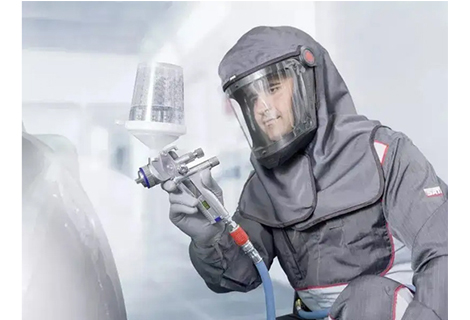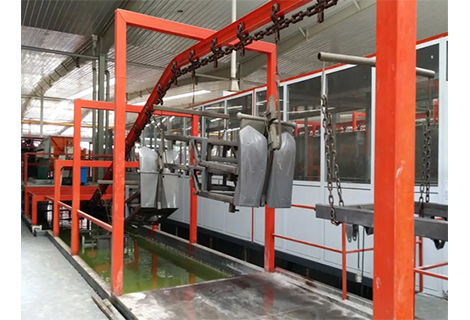EDM is a relatively new metal working technique compared to rotary tooling, shearing and forging. A fast pulsed high-voltage discharge (spark) passes through the gap between the electrode and the grounded workpiece, removing material from the workpiece by erosion. Even the hardest and most difficult materials can be cut and machined with very little extensive heating and almost no application of macroscopic forces, provided the material is electrically conductive. This results in very low distortion and does not add meaningful residual stresses to the workpiece.
The first EDM method was drill hole EDM, developed by Stark, Harding and Beaver (and Lazarenko in the USSR). Its earliest application was in the mid-1940s for removing sheared bolts and taps from high-value aluminum castings.
From this relatively simple drilling method, a second branch of EDM was developed: stamped EDM or sinker discharge machining. This technique is essentially the same as EDM, except that a complex form can be added to the end of the "drilling" electrode. This process allows for the formation of a finished, fine and precise cavity bottom shape in a single operation.
The third type of EDM is wire EDM, which uses a straight electrode to cut vertical or angled grooves (slightly wider than the wire) as the wire is fed slowly through the kerf to keep the "new" electrode in place at all times.
This paper will describe EDM, discuss the three main EDM methods, emphasize the important technical aspects of each method, and identify applications using each EDM method. It will also focus on practical applications, selection of appropriate methods, and the major benefits of each method.
Wire-cut electrical discharge machining, often referred to as wire-cut EDM, uses a metal wire as a "cutter" to erode material by sparking between the wire and the workpiece. The wire electrode is discharged along the entire length of the cut and penetrates to help remove chips. This technique was developed as a way to make 2D cuts in hard materials (cuts can only be made along the x- and y-axis of the part, with the z-axis being the thickness of the material), but has grown in complexity. Offsetting the wire rolls from each other made it possible to cut at a controlled angle relative to the z-axis. Later, it was also possible to add a rotary axis to the EDM wire cutting process, resulting in a high-performance 5-axis EDM wire machining center.
This method allows free cutting. When combined with EDM drilling (for fixed electrodes), it is most commonly used to make extrusion tools and punches/dies. Brass, galvanized brass and zinc diffused copper (layered wire) running on sapphire or diamond guides are used as electrodes in wire EDM processes. The various conductivities, hardnesses and tensile strengths of the electrode wires provide different machining characteristics.
Sinker discharge machining (also known as "stamping" or "cavity" EDM) uses a discharge from a basic 2D electrode. The 2D electrode, which can have complex 3D shaped ends, is repeatedly inserted to arc erode the workpiece and raised a short distance in the Z-axis to remove debris. The electrode can have any cross-sectional shape and a complex end shape (no undercut). For sinker discharge machining, a precision copper or graphite electrode is first machined into the desired cavity shape, which is then used to erode the shape into a hard material.
Stamping EDM is widely used in injection molding and die casting tool making. It is used to create non-machinable complex and fine cavity features in a mold without applying any machining or impact stresses to the mold. It also reduces the need for post-treatment to improve surface quality or hardening.
Drill hole EDM was the earliest EDM technology developed and remains a vital tool in a variety of fields, including rocket engines, gas discharge control in medical and scientific equipment, and open cooling channels in gas turbine blades. Long, straight, small drill holes can only be cut by EDM drilling. A straight electrode is used to erode holes that perfectly reflect the contours of the tool. It maintains precise dimensional accuracy along the entire length of the hole. This method permits the machining of small diameters, high aspect ratios, and straight holes of any depth, .0015 inches in diameter or larger. EDM drilling permits the drilling of blind and through holes, and allows for the drilling of smooth walls or the realization of difficult geometries in otherwise unmachinable materials. The machined surface finish of a hole machined by EDM is smooth enough to be used as a bearing surface without additional machining steps.
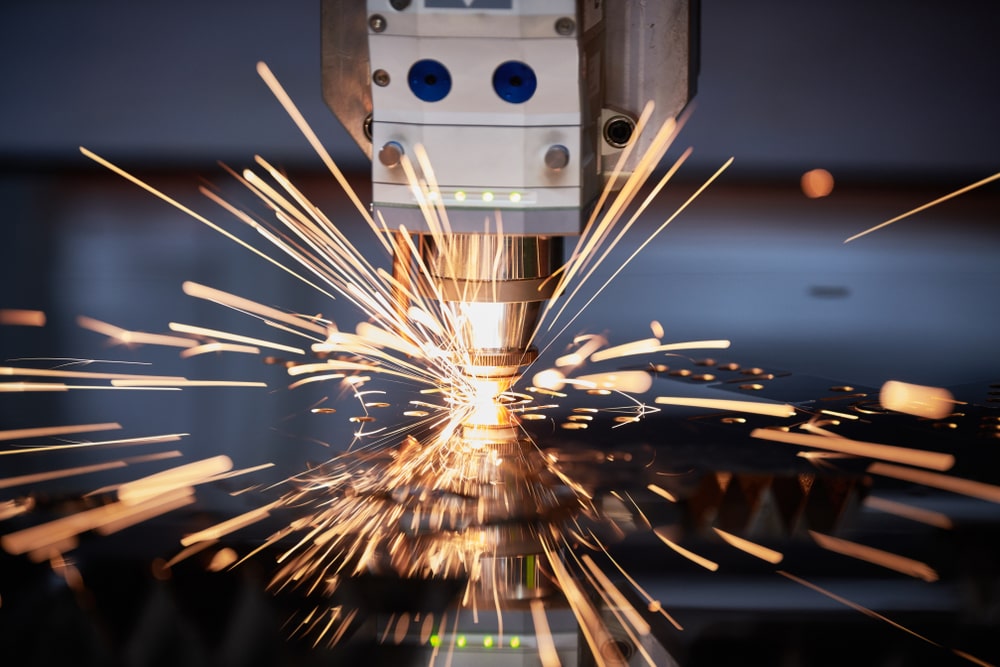
Electrical Discharge Machining (EDM) is a non-contact machining method used to cut non-machinable complex shapes and cavities in very hard, difficult-to-machine materials. When the workpiece and electrode are immersed in a dielectric fluid (usually paraffin or kerosene), a high electrical potential at the electrode finds a ground path through the workpiece. Each spark generates a localized temperature peak of up to 12,000°C. This temperature is the highest in the world. This temperature melts/evaporates some of the workpiece (and electrode). Removal of cutting debris is important to avoid short circuits, so drilling and stamping tools are Z-cycled, where the electrode feed of wire EDM achieves the same effect.
The EDM process does not create applied overall stresses in the workpiece, only limited, highly localized heating. This results in macro stress-free machining. It also allows for the cutting of very thin sections and fine features that would otherwise be impossible to machine with mechanical tool-based machining. This technology revolutionizes many aspects of toolmaking. It eliminates design limitations caused by the need for rotating tools, allowing for complex features that would otherwise be impossible to achieve.
Sinker discharge machining is the best type of EDM for creating parts with complex cavities. It allows for the complex cavities that are often required in the design of plastic and die cast parts. The limitations of the cavity shapes that can be produced by sinker discharge EDM have little effect on its value as a tool for mold making. The "traction line" that prevents EDM from undercutting also applies to plastic molding and die casting parts that enter the tool cavity as a liquid but leave as a solid.
The various types of EDM are categorized according to their operation and application. For example, wire EDM uses a linearly fed wire electrode to make essentially 2D cuts. The electrode wire sits on a diamond or sapphire guide, the dielectric fluid is deionized water, and the electrode is usually made of brass or galvanized brass.
On the other hand, sinker discharge EDM allows the use of complex electrode shapes to create equally complex cavities. A graphite or copper electrode is pre-machined to the desired shape and then sunk into the workpiece by erosion to create a hole that is the opposite of the electrode shape.
Drilling EDM can provide smaller and deeper holes than conventional drilling. This allows for high precision diameters and roundness with good surface finish and no burrs. Electrodes can have complex cross-sectional shapes. Drilling tools often come with cooling channels so the medium is pumped through to help remove rock chips.
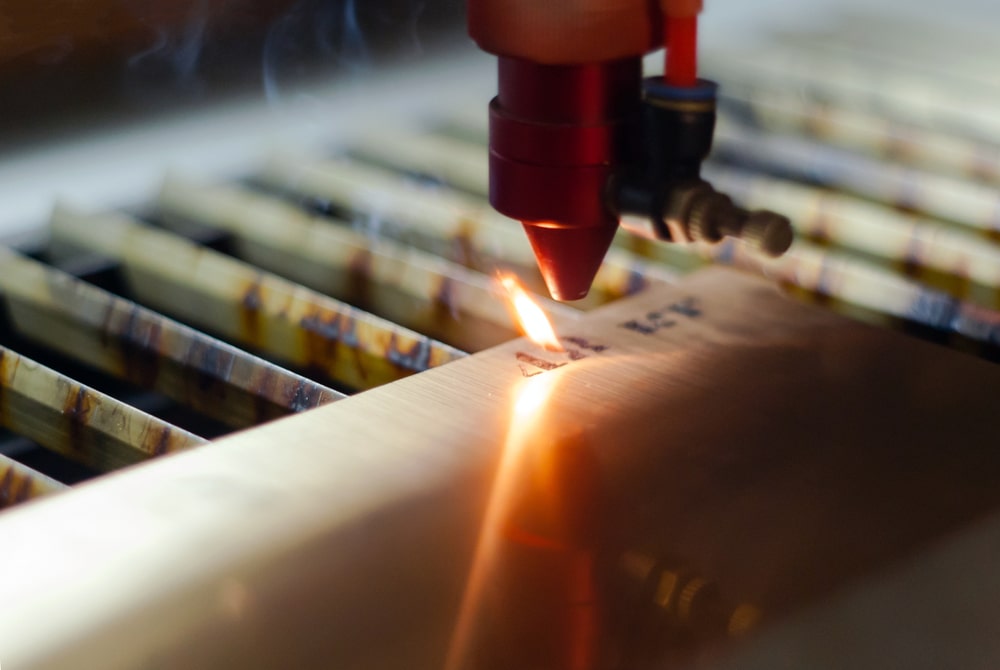
EDM is an alternative to conventional machining techniques for hard materials, especially for machining refractory metals and difficult-to-cut shapes. Wire EDM can achieve tolerances that are not possible in precision cutting, and drill hole EDM can also achieve tolerances in diameter and roundness. In general, EDM can maintain high accuracy and very low Ra levels (high quality surface finish). This feature reduces post-processing, which often reduces the cost of difficult to manufacture components.
Electrical Discharge Machining (EDM) is used to make molds for plastic injection molding and metal die casting. It is also used to create complex cavities in pre-hardened materials. EDM is particularly useful because of its ability to create precise and complex cavity shapes and make very deep cuts. The aerospace, automotive and electronics industries are also using EDM for prototyping and production parts.
You can use EDM for a variety of applications, including: complex cavity shapes, i.e., 3D relief shapes cut on the underside of essentially 2D blind holes; precise 2D shapes from difficult-to-machine materials; thin cross-sections that are easily deformed; and the drilling of fine and/or long holes in any metal. EDM essentially applies no stress to the workpiece and can produce one-step drilled holes of any cross-section with a good surface finish.
The materials most commonly machined by the EDM process are those that are difficult to machine by other means, such as: tungsten, molybdenum and hardened tool steels. Materials that exhibit extreme work hardening during machining, such as titanium and austenitic stainless steels, are also good candidates for EDM. These materials become increasingly difficult to cut during machining because they harden during machining. This hardening typically reduces the accuracy of part features.
EDM is a valuable metalworking technology, especially for the fabrication of hard materials and complex cavities that are difficult to machine. This article describes the three main types of EDM: wire-cut EDM, sinker discharge machining, and drilling EDM, each of which has its own unique areas of application and advantages.
I would also like to mention here a specialized precision machine shop, Richconn. as a specialized precision machining company, Richconn offers precision CNC machining services and EDM services to meet the diverse needs of our customers. Whether you need to create complex cavities, precise parts or machine on difficult materials, Richconn can provide you with a high quality solution.
When choosing to use EDM, there are some important considerations to take into account. First, make sure the proper electrode material is selected, usually brass, galvanized brass, or another conductive metal. Next, make sure the proper dielectric fluid, usually paraffin or kerosene, is used to keep the current flowing and remove cutting debris. In addition, it is important to understand the characteristics and areas of application of different EDM types so that you can choose the most appropriate method.
EDM is a powerful machining technology that can handle a wide range of complex machining needs, and Richconn, as a precision machining company, offers expertise in this field to provide high-quality machining solutions for our customers. Whether your needs are to create complex cavities, precision parts or to machine on difficult materials, Richconn can be your partner in providing exceptional machining services.
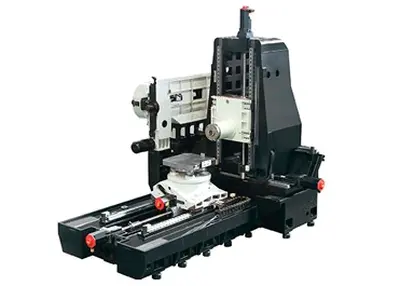 4 Axis CNC Machining: The Definitive Guide 2023August 29, 2023CNC machining is a widely used manufacturing process that involves the use of computer-controlled machines to create precise and complex parts from various materials. CNC machines can operate on diffe...view
4 Axis CNC Machining: The Definitive Guide 2023August 29, 2023CNC machining is a widely used manufacturing process that involves the use of computer-controlled machines to create precise and complex parts from various materials. CNC machines can operate on diffe...view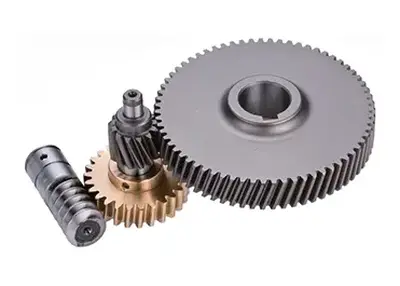 Unveiling the Precision World of Machined Gears: A Richconn PerspectiveNovember 10, 2023In the intricate tapestry of mechanical engineering, machined gears stand as the unsung heroes, translating rotational motion with unparalleled precision. These gears are meticulously crafted to meet the demanding requirements of various industries, ensuring seamless operation in complex machinery.view
Unveiling the Precision World of Machined Gears: A Richconn PerspectiveNovember 10, 2023In the intricate tapestry of mechanical engineering, machined gears stand as the unsung heroes, translating rotational motion with unparalleled precision. These gears are meticulously crafted to meet the demanding requirements of various industries, ensuring seamless operation in complex machinery.view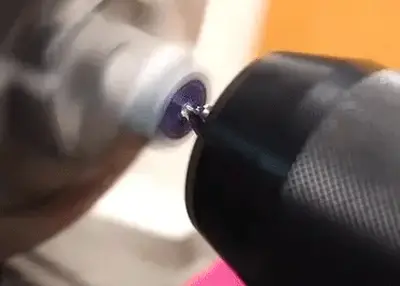 Introduction to CNC MachiningNovember 23, 2023Boring is a very widely used process that involves drilling, reaming, boring, reaming and internal surface broaching tools. Compared to other machining, boring is a difficult process.view
Introduction to CNC MachiningNovember 23, 2023Boring is a very widely used process that involves drilling, reaming, boring, reaming and internal surface broaching tools. Compared to other machining, boring is a difficult process.view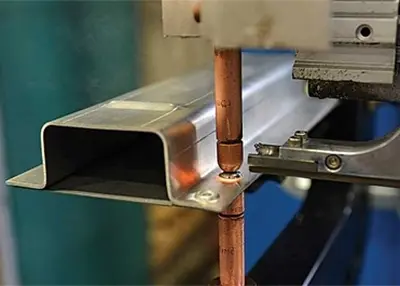 The Differences Between Riveting vs WeldingFebruary 18, 2024Let's explore the advantages, applications, and limitations of riveting and welding processes. Then, you can select the right method for assembling sheet metal parts.view
The Differences Between Riveting vs WeldingFebruary 18, 2024Let's explore the advantages, applications, and limitations of riveting and welding processes. Then, you can select the right method for assembling sheet metal parts.view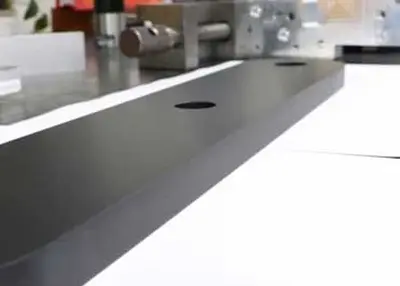 What Is Titanium Used for? (5 Common Uses)August 29, 2023Titanium has carved an impressive niche for itself within a myriad of industries and applications, all thanks to its extraordinary and unparalleled properties. The element of Titanium is symbolized by...view
What Is Titanium Used for? (5 Common Uses)August 29, 2023Titanium has carved an impressive niche for itself within a myriad of industries and applications, all thanks to its extraordinary and unparalleled properties. The element of Titanium is symbolized by...view All You Need to Know About the Significance and Methods of Limit Fit for CNC PartsJuly 23, 2024This article will explore the significance, methods, and processes of achieving limit fit for CNC parts in modern manufacturing, ensuring precision and quality.view
All You Need to Know About the Significance and Methods of Limit Fit for CNC PartsJuly 23, 2024This article will explore the significance, methods, and processes of achieving limit fit for CNC parts in modern manufacturing, ensuring precision and quality.view
 EN
EN
 ru
ru 
